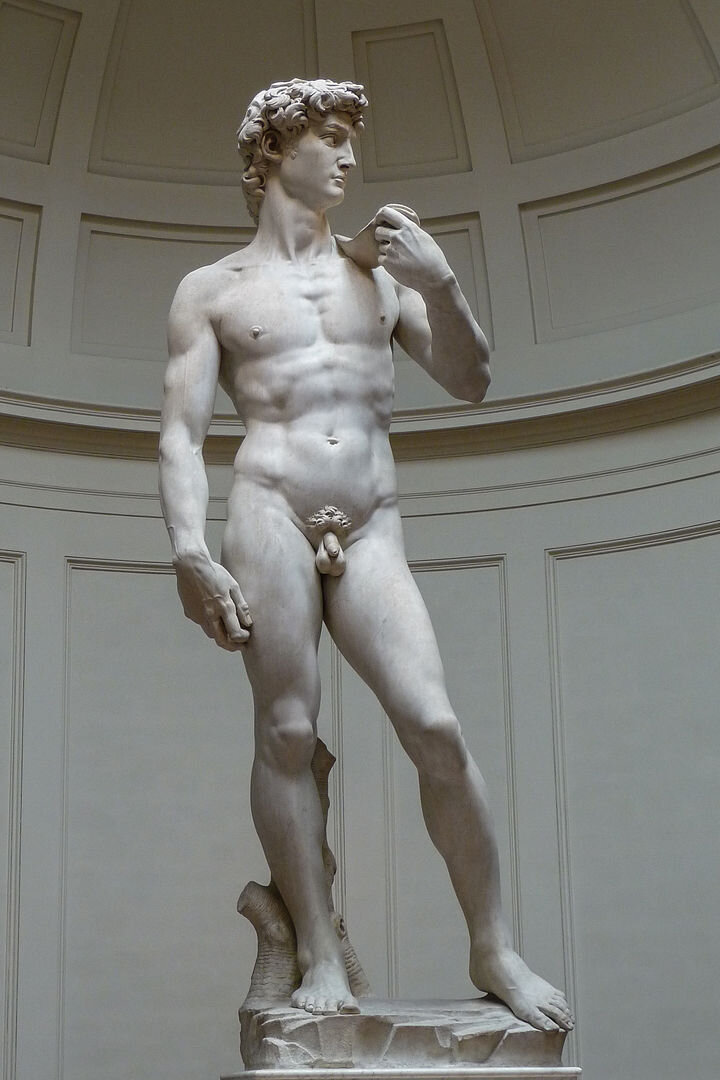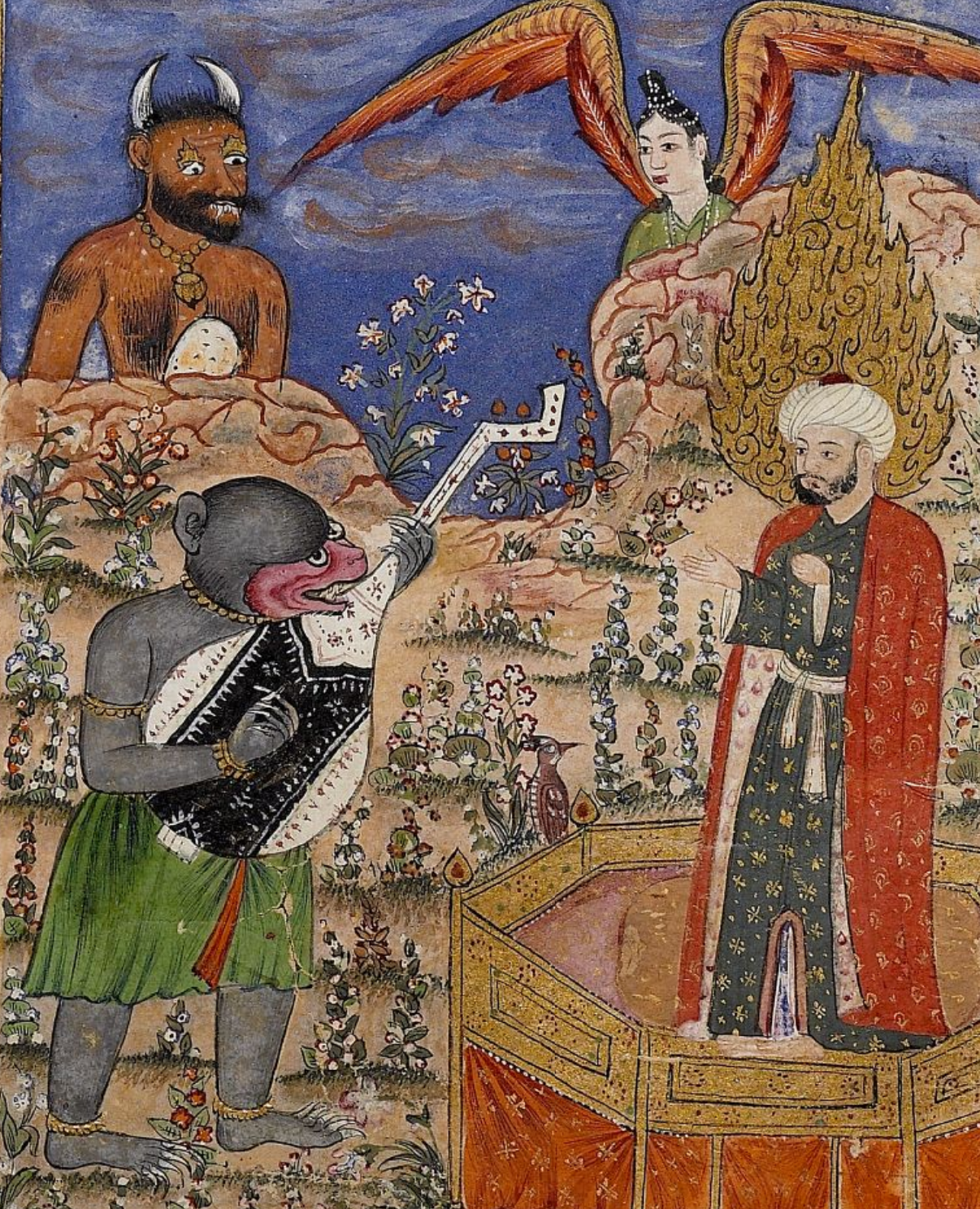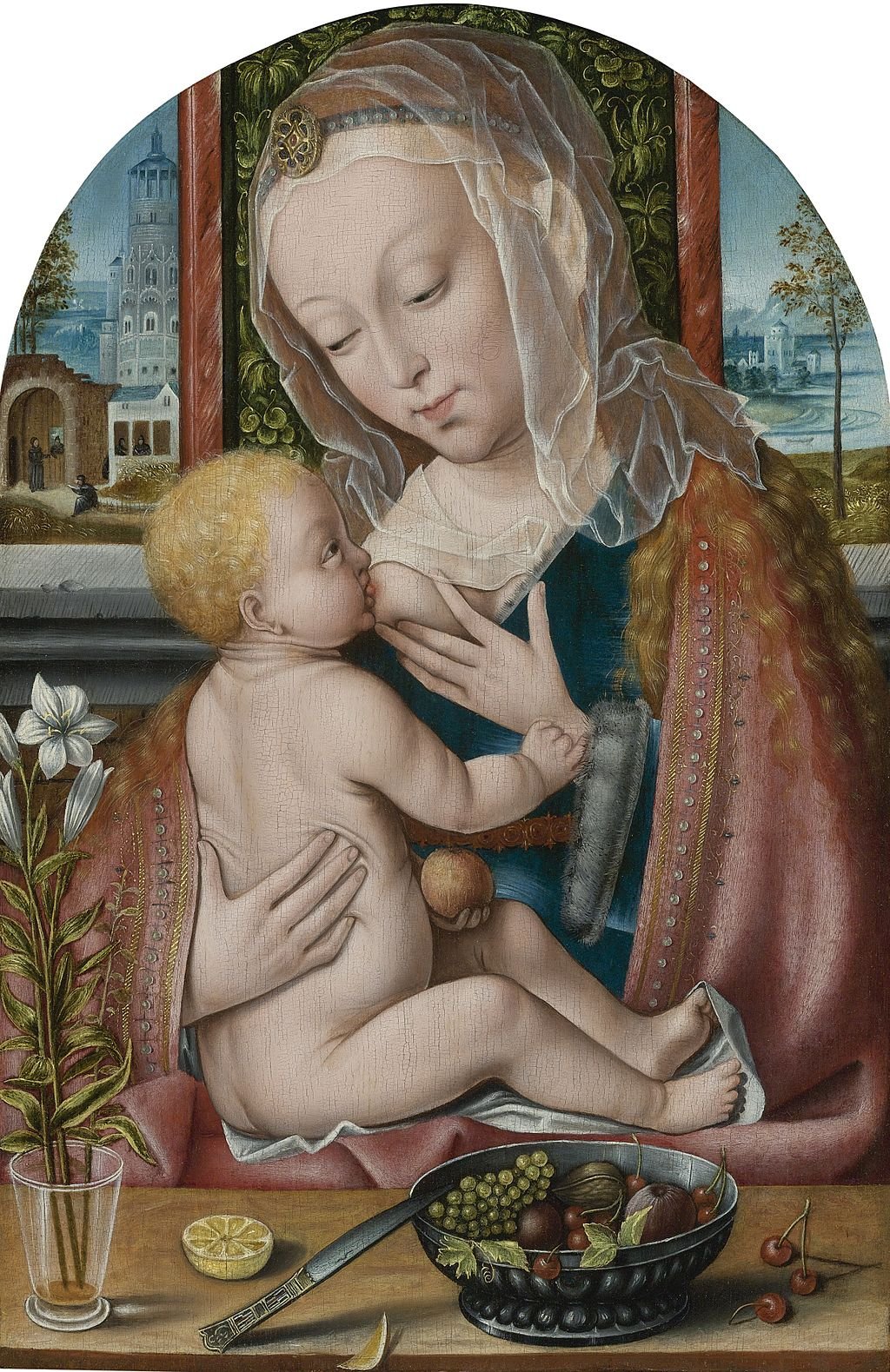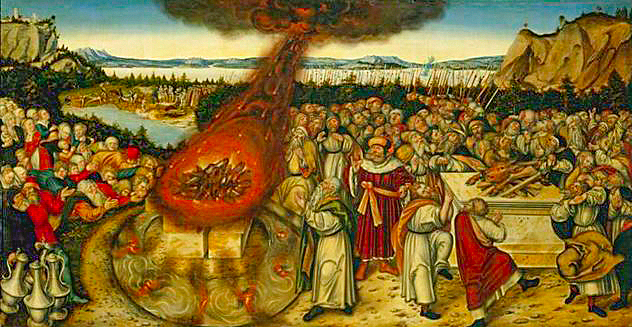Shocking evidence answers this question as well as whether David was a successful warrior king and Solomon built his legendary temple and palace.
Historical evidence reveals that the legendary kings of Israel, David and Solomon, actually existed.
They’re the first two legendary kings of Israel: David, who as a youth defeated the Philistine giant Goliath with a single stone from his slingshot, and Solomon, gifted with otherworldly wisdom and wealth. (Okay, so there was one king before them, Saul — but God was already planning his replacement when Saul committed suicide after the Philistines killed his sons.)
The City of David, thought to be the original site of Jerusalem, is now Wadi Hilweh, a predominantly Palestinian neighborhood.
“The actual extent of the Davidic ‘empire’ is hotly debated,” write Israel Finkelstein and Neil Asher Silberman in The Bible Unearthed: Archaeology’s New Vision of Ancient Israel and the Origin of Its Sacred Texts. “Digging in Jerusalem has failed to produce evidence that it was a great city in David or Solomon’s time. And the monuments ascribed to Solomon are now most plausibly connected with other kings. Thus a reconsideration of evidence has enormous implications.”
“A shard of a monument sent shockwaves throughout the world of biblical scholarship — and provided the oldest proof of a biblical patriarch: namely, the legendary King David.”
We’ve seen that the first books of the Old Testament, the Jewish Torah, fudged the facts: There wasn’t a mass Exodus out of Egypt. There wasn’t a conquest of Canaan by God’s Chosen People. So how about David and Solomon — are they a myth as well?
Michelangelo’s iconic statue of David
King David: What’s the Proof He Existed?
“David and Solomon are such central religious icons to both Judaism and Christianity that the recent assertions of radical biblical critics that King David is ‘no more a historical figure than King Arthur,’ have been greeted in many religious and scholarly circles with outrage and disdain,” Finkelstein and Silberman write.
At first, things didn’t look good: “for all their reported wealth and power, neither David nor Solomon is mentioned in a single known Egyptian or Mesopotamian text,” the authors continue.
Was King David, who, as a mere boy, killed the giant Goliath with a single blow, just a myth? David und Goliath by Osmar Schindler, 1888
But often it only takes one single archeological artifact to revolutionize our version of history. We see this constantly in Egypt, where a scrap of papyrus or engraving on a statue completely alters our understanding of a pharaoh’s reign.
And it was a shard of a monument that sent shockwaves throughout the world of biblical scholarship — and provided the oldest proof of a biblical patriarch: namely, the legendary King David.
David holds up the head of the giant Goliath.
In 1993 at the site of Tel Dan in northern Israel, archeologists discovered a fragment of a black basalt monument that dates to around 835 BCE. While it spoke of a horrific defeat of Israel and Judah (which were separate kingdoms at the time) by Hazael, the king of Damascus, amidst his boasting he mentions the House of David.
The Tel Dan Stele, dating from 835 BCE, mentions defeating the House of David — making it the oldest proof of a biblical patriarch.
This means that David’s dynasty “was known throughout the region; this clearly validates the biblical description of Judahite kings in Jerusalem,” Finkelstein and Silberman write.
David wasn’t actually the best guy. As described in the Bible, he fell in love with another man’s wife and sent him off to the front line of a battle to be killed.
But Was David a Warrior King?
While biblical literalists can be pleased to find evidence that King David did once live and rule in the Levant, they’re sure to be bummed that there’s no way he could have embarked on a military campaign of any sort.
“There is absolutely no archaeological indication of the wealth, manpower and level of organization that would be required to support large armies — even for brief periods — in the field,” according to Finkelstein and Silberman.
Next thing you know, they’ll be saying David didn’t actually slay the gigantic hero of the Philistine army with a single shot from a slingshot.
A color sketch by Edward Poynter for his 1890 painting The Visit of the Queen of Sheba to King Solomon
King Solomon: Was He Really a Master Builder?
David’s son Solomon, to whom God gave “wisdom and understanding beyond measure,” is said to have commissioned numerous building projects, including a magnificent temple to YHWH and a nearby palace. The Old Testament, as well as the Nevi’im section of the Hebrew Bible, describes him as fortifying Jerusalem, along with the important provincial cities of Hazor, Megiddo and Gezer.
Ancient Jerusalem, with Solomon’s Temple at its center (note: probably not drawn to scale)
So some archaeologists and biblical scholars were downright giddy at the discovery of somewhat similar six-chambered gates at Hazor, Megiddo and Gezer. Surely this was a sign of Solomon’s famous public works projects!
If that is indeed the case, though, I wonder why there isn’t a gate like that at Jerusalem, Solomon’s capital city?
The six-chambered gate at Gezer was once thought to have been built by Solomon — but it was actually constructed decades after his reign.
It turns out that renewed analysis of the archaeological styles and pottery showed that they dated to the early 9th century BCE. The trouble with that? It happens to be decades after Solomon had died.
Solomon’s Temple in Jerusalem — though it probably wasn’t anything as grand as it’s depicted.
Petitioners came to Solomon for his judgements. He was basically the Judge Judy of his time.
Solomon was said to possess a magic ring that allowed him to control demons and jinn.
Mythic Kings as Propaganda
“The material culture of the highlands in the time of David remained simple,” Finkelstein and Silberman write. “The land was overwhelmingly rural — with no trace of widespread literacy that would be necessary for the functioning of a proper monarchy.” Jerusalem was no more than a typical highland village. Only about 5,000 people lived in the vicinity.
Archeological remains of King David’s palace show that at the time, Jerusalem was a relatively small town.
And even though King David’s deeds have been aggrandized, he must have been a talented ruler who joined his region together. “Such a small and isolated society like this would have been likely to cherish the memory of an extraordinary leader like David as his descendants continued to rule in Jerusalem over the next four hundred years,” the authors say.
At the time these stories in the Old Testament were written, in the 7th century BCE, Jerusalem had grown into a relatively large city, dominated by the Temple to the God of Israel, with an impressive army and administrative bureaucracy.
The stories of the powerful King David made for good propaganda at the time of Josiah. David and Goliath by Titian, circa 1544
God gives Solomon his famous wisdom.
Building up the reputation of legendary kings of the past served the current ruler, Josiah. This useful bit of propaganda connected Josiah as an heir of David, the man who was said to have conquered the Promised Land and established an empire. It helped bolster support for Josiah’s “vision of a national renaissance that sought to bring scattered, war-weary people together, to prove to them that they had experienced a stirring history under the direct intervention of God,” according to Finkelstein and Silberman. “The glorious epic of the united monarchy was — like the stories of the patriarchs and the sagas of the Exodus and conquest — a brilliant composition that wove together ancient heroic tales and legends into a coherent and persuasive prophecy for the people of Israel in the seventh century BCE.”
If they had to fudge the truth to accomplish that, so be it. –Wally
OTHER RELIGION POSTS














































